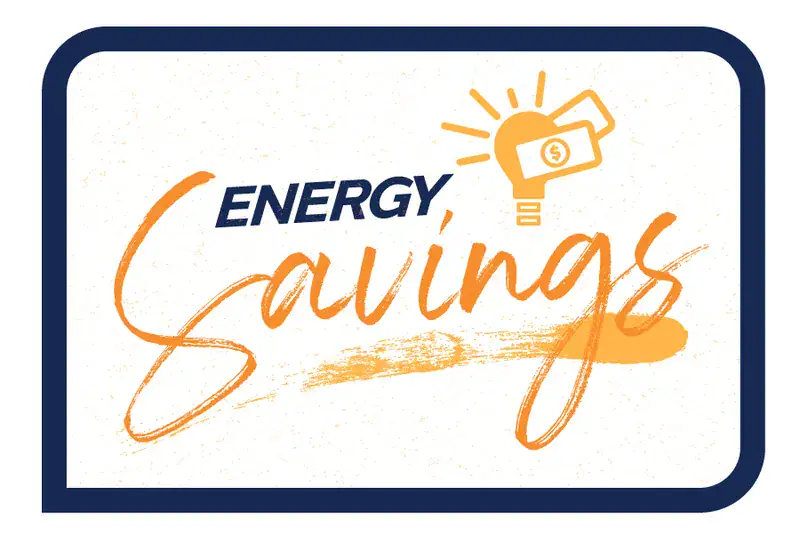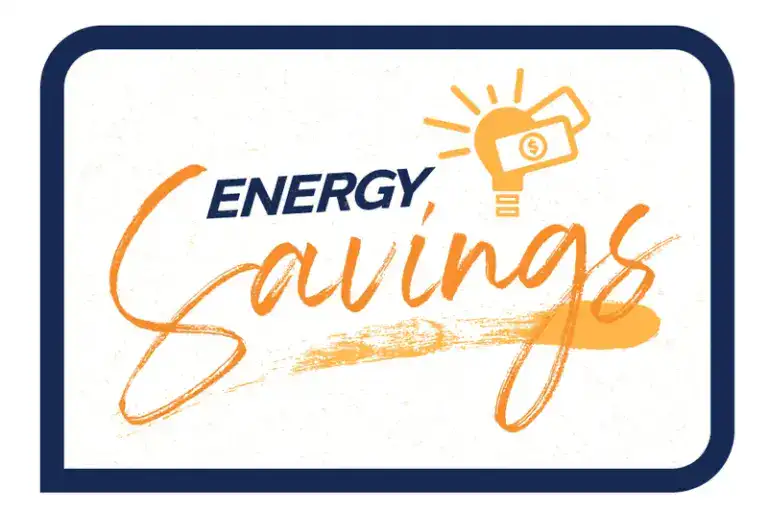
With a long, hot summer just barely in the rearview, you’re probably enjoying the brisk fall weather that’s finally descended upon Johnson County. But before long, that invigorating chill will give way to the familiar, biting cold that defines our winters. In those months, there’s not much more comforting than the thought of coming home, and walking into a warm, inviting sanctuary that keeps the cold at bay.
Of course, in Kansas, we have plenty of the opposite problem in the hot months, and we’ll seek refuge of a different temperature in our homes. In both cases, it’s important the home itself is up to the task, or you’ll find yourself facing eye-popping utility bills, huddling around fans or space heaters, and donning or shedding layers in an attempt to keep up with the climate.
Here are some tips to help you choose an energy efficient home, so that no matter the season, walking in your door always brings the sense of comfort it should.
Insist on High-Quality Insulation
Insulation is key to keeping your home comfortable and efficient. The R-value of insulation measures how well it prevents heat from escaping or entering, with higher values indicating better performance. For example, Arise Homes uses R-13 insulation with wall sheathing board for extra thermal protection. Look for homes with high-quality, thick insulation for maximum savings.
Choose Naturally Insulating Exteriors
Materials like brick provide natural insulation by retaining heat in winter and staying cool in summer. An all-brick exterior, like those featured by Arise Homes, helps minimize temperature fluctuations and reduces strain on heating and cooling systems. Consider exterior materials carefully—they’re your home’s first line of defense against extreme weather.
Check Windows and Doors for Efficiency
Windows and doors can be weak points in a home’s insulation. Double- or triple-paned windows with low-emissivity (Low-E) coatings minimize heat transfer. Look for well-sealed, insulated doors that won’t let air leak in or out. In new homes, these features are often standard, making it easier to maintain a stable indoor climate.
Confirm Effective Air Sealing
Air leaks around doors, windows, and vents can drive up energy costs by forcing your HVAC system to work harder. Effective air-sealing methods, such as tightly fitted construction and sealed ducts, are essential. Newer homes are built with improved air-sealing techniques, helping you avoid drafts and reduce energy waste.
Prioritize Efficient HVAC and Appliances
Heating and cooling account for a large portion of home energy use. ENERGY STAR-certified HVAC systems and appliances meet rigorous energy-saving standards. New construction homes are often equipped with these, allowing homeowners to start saving right away without the need for retrofitting.
Opt for LED Lighting
LED lights consume up to 80% less energy than traditional bulbs and last much longer, making them a simple choice for an energy-efficient home. Many new builds incorporate LED lighting as a standard feature, making it easy to save on lighting costs from day one.
Embrace Smart Energy Solutions
Smart thermostats and programmable lighting systems allow you to optimize energy use. These technologies let you control heating, cooling, and lighting based on your schedule, helping you avoid unnecessary energy consumption. If efficiency is a top priority, these systems are worth considering.
_______________________________________
If you’re in the market for a new home, be sure to consider energy efficiency as part of the equation. Even if it’s not your first priority, it’s important to understand how much effort or expense you may need to maintain your preferred comfort levels.


